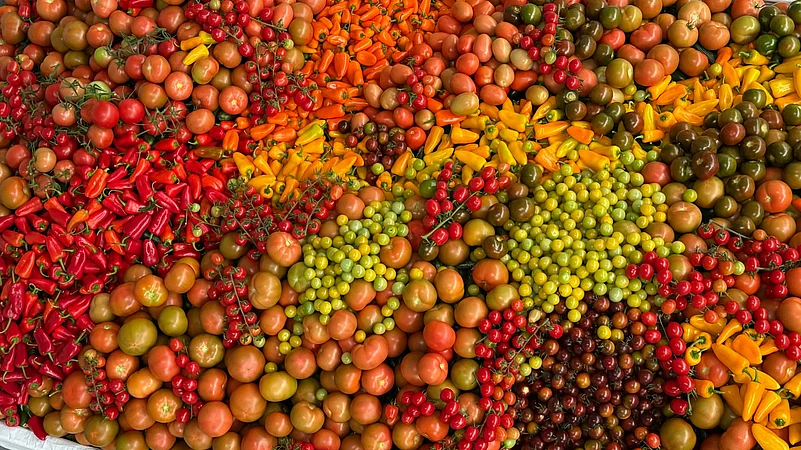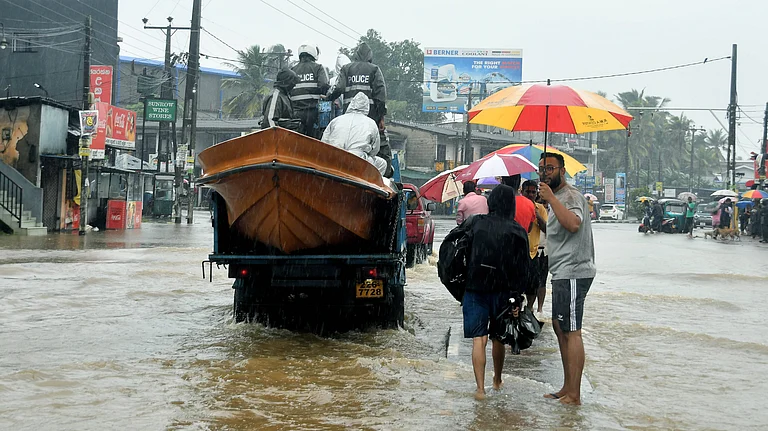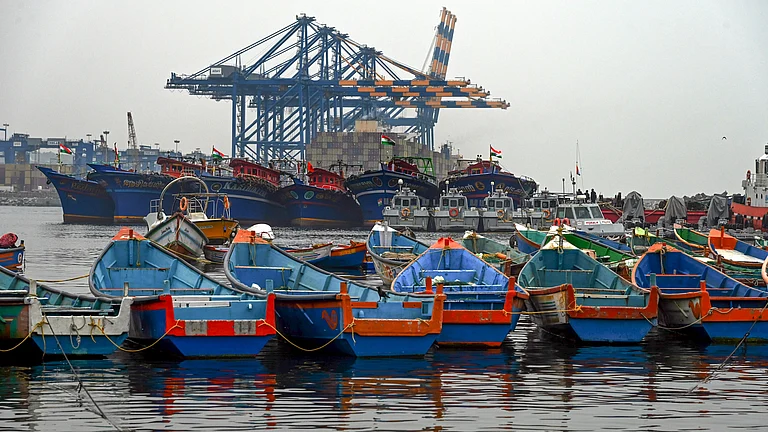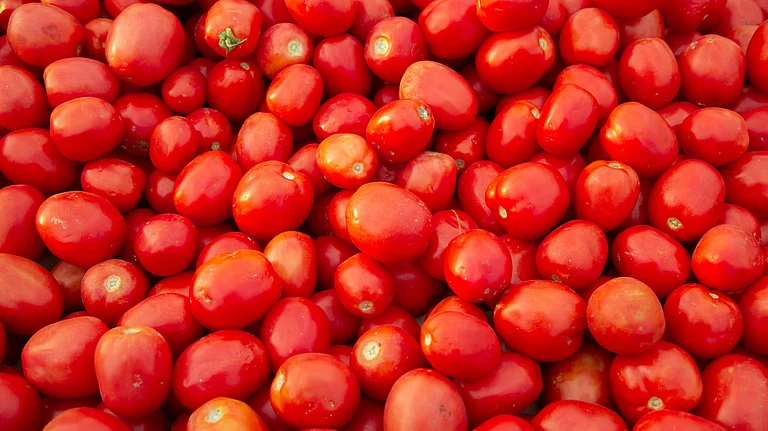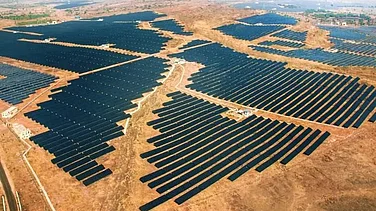The India Meteorological Department (IMD) declared the arrival of monsoon in India on May 24, eight days ahead of its normal schedule of June 1. According to IMD, the southwest monsoon set in over Kerala on May 24. Reports suggest that monsoon hit Mumbai on May 26, which is about sixteen days ahead of its normal schedule.
Before 2025, such early onset of monsoon happened sixteen years ago on May 23, 2009.
While exact reasons for this year’s early onset are unclear, different theories by scientists exist without a clear consensus. According to The Hindu, even well-known climate patterns like El Nino and La Nina don’t reliably predict timing. The monsoon’s progress is tracked from the northwest Pacific to the Bay of Bengal and finally Kerala, but many factors still influence its path.
As per the reports, the monsoon onset has generally been arriving a few days later since 1970s. Studies suggest a shift in the climate and surrounding ecosystems, though the exact reasons remain unclear. If this is part of natural climate fluctuations, predicting it will always be tricky.
Global warming may also be affecting this shift. So even with a trend of delays, some years—like 2025—can still see an early monsoon.
Extreme events may have considerable impacts on sectors that have close links with climate, such as water, agriculture and food security, forestry, health, and tourism, and concomitantly in countries whose economies depend more heavily on such sectors, cited a study published in the US National Library of Medicine(NLM).
Impact on Crops
While early monsoon helps in timely sowing of most of Kharif crops like rice, millets, toor, moong and maize, unseasonal rains have led to pushing up of vegetable prices in cities like Mumbai because of farm-level spoilage.
As reported by TOI, early rain showers have raised prices of certain vegetables across the Mumbai Metropolitan Region, led by tomato, which has shot to Rs 50 per kg in retail. In addition, the unexpected rains have also increased the prices of green leafy vegetables, chillies, cauliflower, capsicum, green peas and french beans.
“Unseasonal rains have lashed onion-growing districts of Dhule, Nashik, Ahilyanagar, Chhatrapati Sambhajinagar, Pune, Solapur, Beed, Dharashiv, Akola, Jalna, Buldhana, and Jalgaon. Prices were already down and have further slumped due to unseasonal rains,” Bharat Dighole, founder-president of the Maharashtra State Onion Producers Farmers Association told PTI.
Furthermore, the heavy showers in the past few days in Mumbai have impacted both crop production and transportation in case of tomatoes. As a result, supplies are being sourced from Karnataka.
Shankar Pingale, Director Vegetable Market, APMC told TOI, “First the heat then the unseasonal rain. Both have sequentially caused a shortfall in arrivals, resulting in vegetable prices rising by 15-20%. This is an annual cycle.”
The early onset of monsoon has already started pinching pockets. Some residents of Mumbai are now reducing their vegetable purchases due to the rise in prices.





